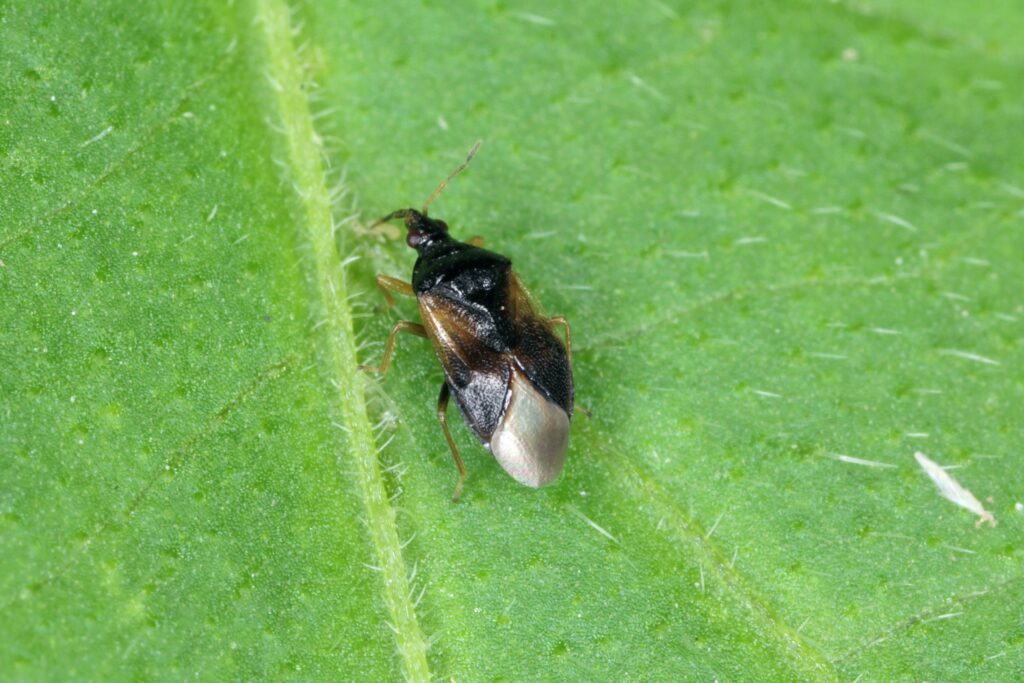July 12, 2024
Harnessing Nature’s Army: Banker Plants and Beneficial Insects in the Greenhouse
If you’re an avid gardener or just someone who loves to immerse themselves in the beauty of plants, you might have heard of Integrated Pest Management or IPM. IPM is a smart and sustainable way to handle pests. Instead of relying solely on chemicals, IPM uses a combination of techniques like biological control (using beneficial insects as natural predators), crop rotation, diligent and frequent scouting of plants for pests, and traps. By understanding pest behaviors and the ecosystem, IPM aims to keep pests at manageable levels without harming the environment. It’s all about smart strategies that protect crops and gardens effectively while being mindful of nature’s balance.
An amazing tool in the IPM tool kit is the incredible duo of banker plants and beneficial insects. But what exactly are they, and how do they work their magic in greenhouse spaces? Let’s dive in!
Banker Plants: The Silent Guardians of Greenhouses
Imagine a bustling metropolis where every citizen has a role to play in maintaining peace and harmony. In the world of greenhouses, banker plants are the unsung heroes playing a similar role. But what exactly are banker plants?
Banker plants are sacrificial plants strategically placed within a greenhouse to attract and sustain populations of beneficial insects. These plants act as a food source, habitat, or breeding ground for these tiny warriors, allowing them to thrive and multiply.

Beneficial Insects: Nature’s Pest Control Squad
Now, let’s meet the stars of the show – beneficial insects. While the term “insect” might conjure up images of creepy crawlies, these tiny creatures are the knights in shining armor of the plant kingdom. Beneficial insects are nature’s own pest control squad, preying on harmful pests that threaten the health of greenhouse plants.
Lacewings, predatory mites, and parasitic wasps are just a few examples of beneficial insects that can be deployed in greenhouse spaces. These tiny warriors patrol the leaves, stems, and soil, seeking out and devouring pests like aphids, mites, thrips and whiteflies, keeping the greenhouse ecosystem in balance.
Here at Mahoney’s our tiny warriors are a type of insect known as Orius Insidiosus, also known as Minute Pirate Bug, who feed on smaller insects, spider mites, thrips and other common plant pests. Interested in learning more about these greenhouse pirates? Check out Cornell University’s informational page here!

The Greenhouse Harmony: How Banker Plants and Beneficial Insects Work Together
Now that we’ve met our heroes, let’s see how they team up to keep the greenhouse clean and green without the need for harmful chemicals.
- Attract and Sustain: Banker plants act as a beacon, luring beneficial insects into the greenhouse with their enticing aroma and nectar-rich flowers. Once inside, these insects find a haven where they can feed, breed, and establish their population.
- Hunt and Protect: Beneficial insects, fueled by the resources provided by banker plants, scour the greenhouse in search of prey. When they encounter harmful pests, they unleash their natural predatory instincts, effectively keeping pest populations in check.
- Ecosystem Balance: By harnessing the power of nature’s own pest control mechanisms, greenhouses can achieve a delicate balance within their ecosystem. Rather than resorting to chemical pesticides that can harm beneficial insects and disrupt the natural order, they can rely on banker plants and beneficial insects to maintain a harmonious environment.

The Benefits of Going Green with Banker Plants and Beneficial Insects
Embracing banker plants and beneficial insects offers a plethora of benefits:
- Environmentally Friendly: By reducing reliance on chemical pesticides, it’s not only safeguarding the health of the plants but also minimizing the ecological footprint.
- Improved Plant Health: With pests kept in check, plants can thrive without the stress of constant attacks, leading to healthier growth and higher yields.
- Enhanced Biodiversity: By fostering a diverse ecosystem within greenhouses, it’s more than just growing plants; it’s nurturing a vibrant community of insects and microorganisms that contribute to overall ecosystem health.

The banker plants and their insects have been hard at work at our growing greenhouses in Woburn as our Mahoney’s Grown plants mature. But now that these plants have been sent to any one of our 7 locations, the banker plants have gone with them to keep the plants happy and healthy until you can take them home.
Next time you visit one of our greenhouses you may see a plant with a sign proclaiming ‘Banker Plant’, be sure to stop by and say hello to our tiny warriors!
Want to see some of the plants these pirate bugs are protecting? Check out our online shop here!

